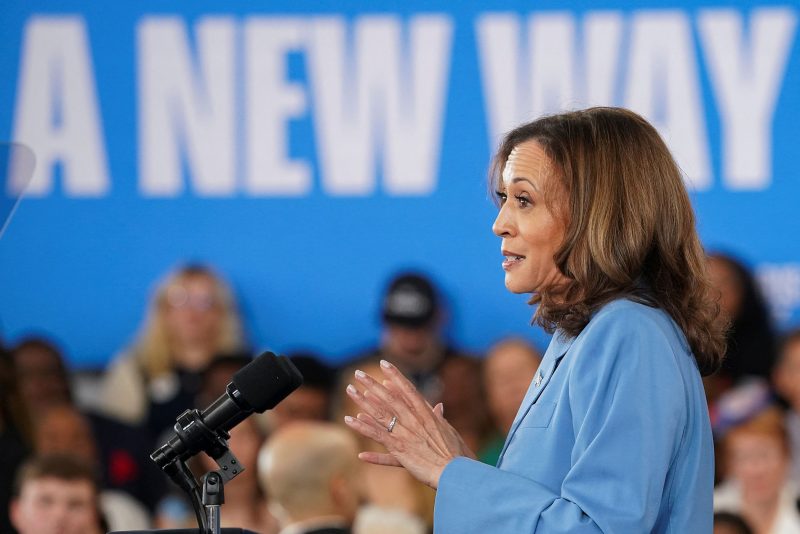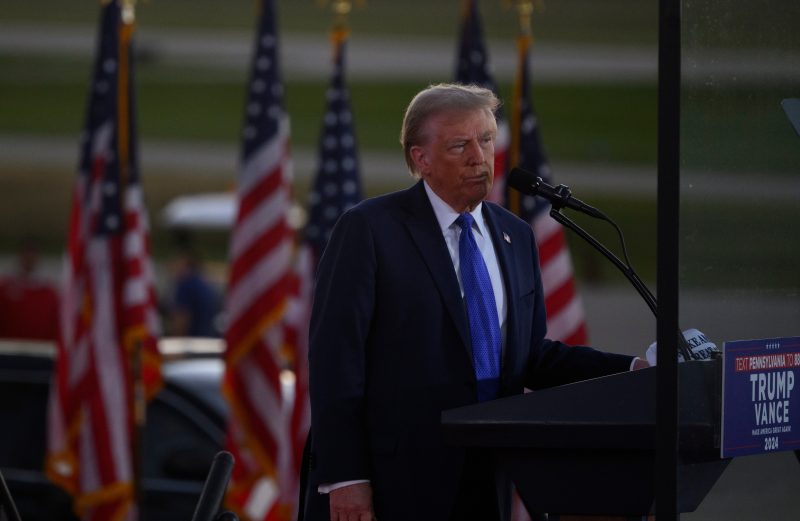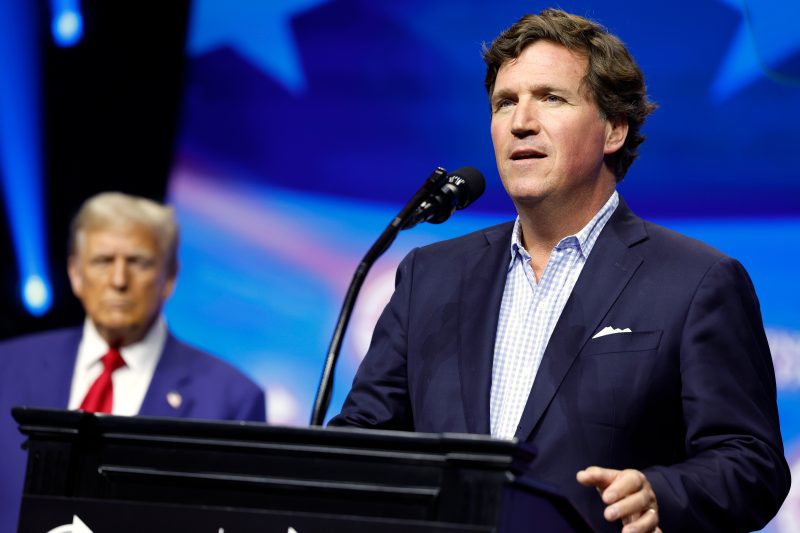
How much Kamala Harris could expand the map
Before Vice President Kamala Harris replaced President Joe Biden as the Democrats’ 2024 standard-bearer, there was legitimate talk about Donald Trump potentially stretching the presidential race into more states.
While everyone had focused like a laser on the six swing states Biden won in 2020 — Arizona, Georgia, Michigan, Nevada, Pennsylvania and Wisconsin — Republicans played up polls showing Virginia surprisingly tight, for instance. They set their sights on Minnesota, a state that hasn’t gone red since 1972. New Hampshire looked like it might reclaim its past swing-state status. Trump even speculated (much less plausibly) about flipping quite-blue New Jersey.
Today, each of those states has drifted away from Trump, and it’s the ascendant Harris who can credibly claim the power to expand the map.
But by how much?
Harris’s momentum in the presidential race has surely placed a newfound emphasis on North Carolina, a second-tier swing state that Biden lost by 1.3 points in 2020. But beyond that, finding other 2020 red states to put in play could be difficult, with the next likeliest candidate seeming to be Florida.
North Carolina
The signs for Democrats in North Carolina — where both Trump and Harris are campaigning this week — are increasingly encouraging.
A Cook Political Report poll this week showed Harris asserting a one-point advantage, 48 percent to 47 percent, which is well within the margin of error. But notably outside the margin of error was Democrats’ overall advantage. Cook also asked North Carolina voters to choose between a generic Democrat and a generic Republican, and they chose the Democrat by eight points, 48-40.
Both findings marked big shifts from May, when the same poll favored Trump over Biden by seven points and the generic Republican by one. None of the other six states that Cook surveyed shifted toward Democrats as much.
NEW: Today, we released data from our Swing State project, showing Dem Senate candidates continuing to run strong in every swing presidential state, far outpacing Harris.
Read @JessicaTaylor’s analysis: https://t.co/qdqAcQopBA pic.twitter.com/zOiQyw60sJ
— Cook Political Report (@CookPolitical) August 15, 2024
We regrettably don’t have much other high-quality data in North Carolina since Harris’s entry. But there are other reasons to think Democrats could put the state in play.
One is that the previous Democratic pessimism about it probably stemmed from having been stung before. Barack Obama’s 2008 win was the party’s first since 1976, and Democrats have been stymied in their efforts to repeat the feat. Obama lost it by two points in 2012, Hillary Clinton lost it by 3.7 points in 2016, and Biden lost it by 1.3 in 2020.
But those were close races, meaning it’s not as if Democrats need to move the needle that much. And despite Democrats’ frustrations, North Carolina actually trended away from Trump in 2020 more than Pennsylvania, Wisconsin and Nevada did.
Democrats also have to feel good about the other statewide race on the ballot there: the governor’s race. Lt. Gov. Mark Robinson (R) carries all kinds of baggage into that race by virtue of his incendiary and extreme comments — the kind of baggage that has hurt Republicans consistently in recent Senate and governor’s races.
Whether that would actually have an impact on the top of that ticket is an open question, but Democrats could surely tie Trump and Robinson together given their shared history of extreme comments.
Florida
Florida is about the only other red state that appears to be a plausible pickup for Democrats at this point. But it’s likely to be significantly more difficult to flip.
While the most recent high-quality polling suggests it’s in the realm of possibility, Florida isn’t any closer than it was in 2020, when Trump won the state by 3.4 points. A University of Northern Florida poll in late July showed Trump leading Harris by seven, while a Suffolk University poll this week showed Trump up five in a crowded field.
Florida was also the only competitive state in 2020 that actually shifted toward Trump from four years prior; Trump’s margin increased by more than two points. (Among all states, only Hawaii and Utah shifted more toward Trump.)
And the Suffolk poll suggests that, even as the race is within the mid-single digits, it might be difficult for Harris to make up the gap. While just 40 percent said they approved of her performance as vice president, for instance, 56 percent said they approved of Trump’s time as president. And Harris did no better than Biden in 2020 among independent and Hispanic voters.
If there’s an argument for Harris potentially putting the state in play right now, it’s in that potential down-ballot effect — specifically, a constitutional amendment that would enshrine abortion rights in the state constitution.
The Suffolk poll showed voters favored the measure 58-35, while the UNF poll showed they favored it 69-23. They’re merely the latest polls to suggest Florida’s abortion measure could rack up a bigger margin than similar measures in other politically competitive states did in recent years. Republicans have struggled to account for this, with Trump (a Florida resident) declining thus far to even take a position.
The Suffolk poll also showed Sen. Rick Scott (R-Fla.), who faces reelection, is quite unpopular — 35 percent favorable and 49 percent unfavorable — in ways that could affect the appeal of the GOP side of the ballot. But so far he leads by a similar margin to Trump.
It’s also worth emphasizing that if Florida is in play, Harris will probably already be well on track to win the presidency. It’s plausible that North Carolina could prove crucial to Harris’s electoral-college-majority math, but Florida would probably signal a much bigger shift across the country.



